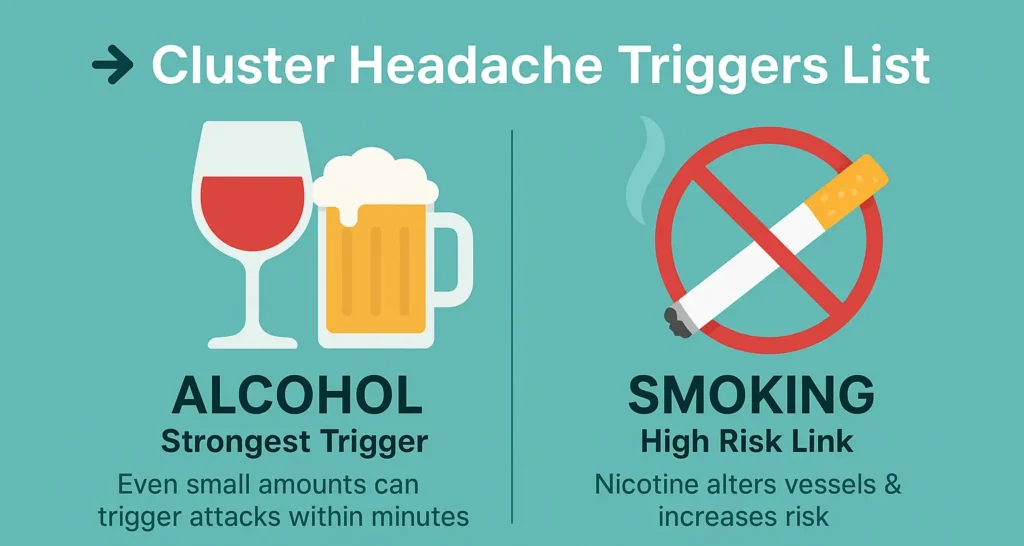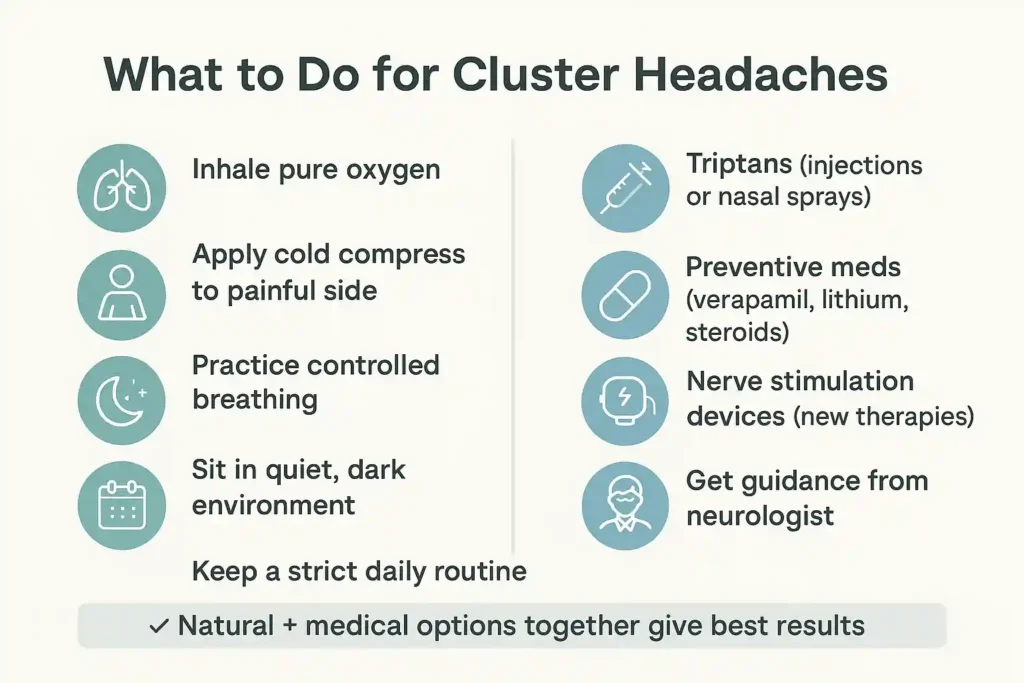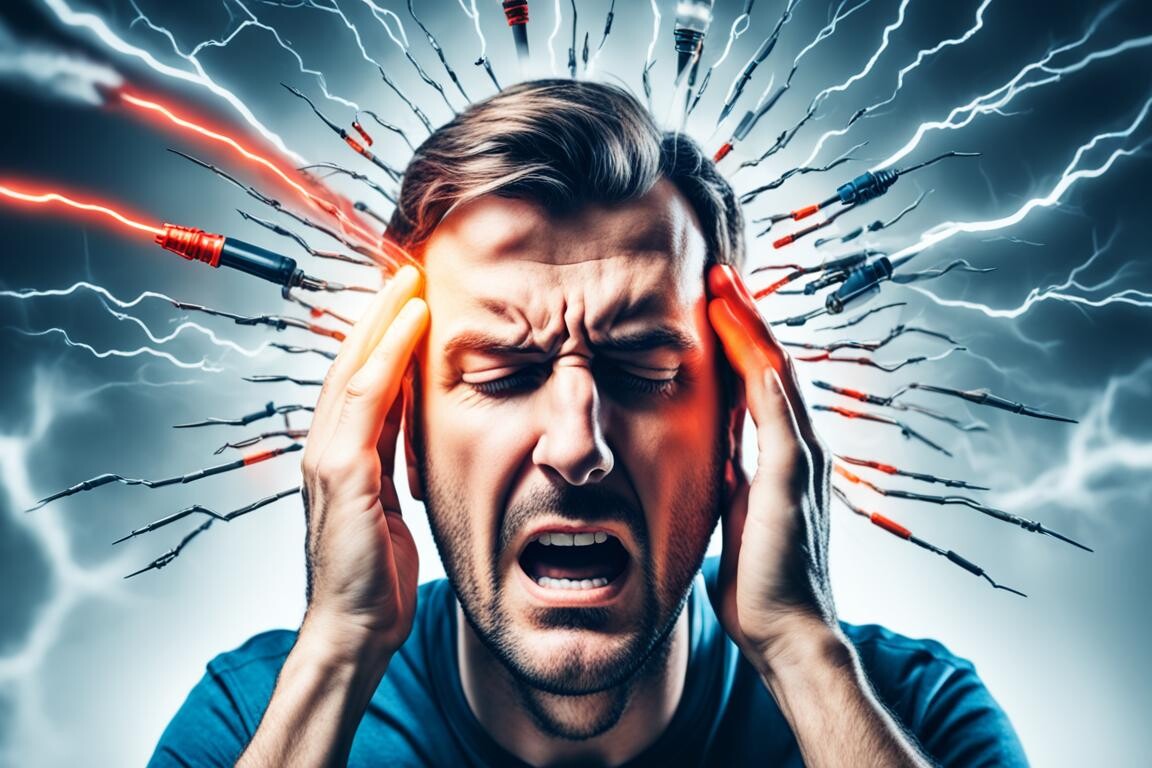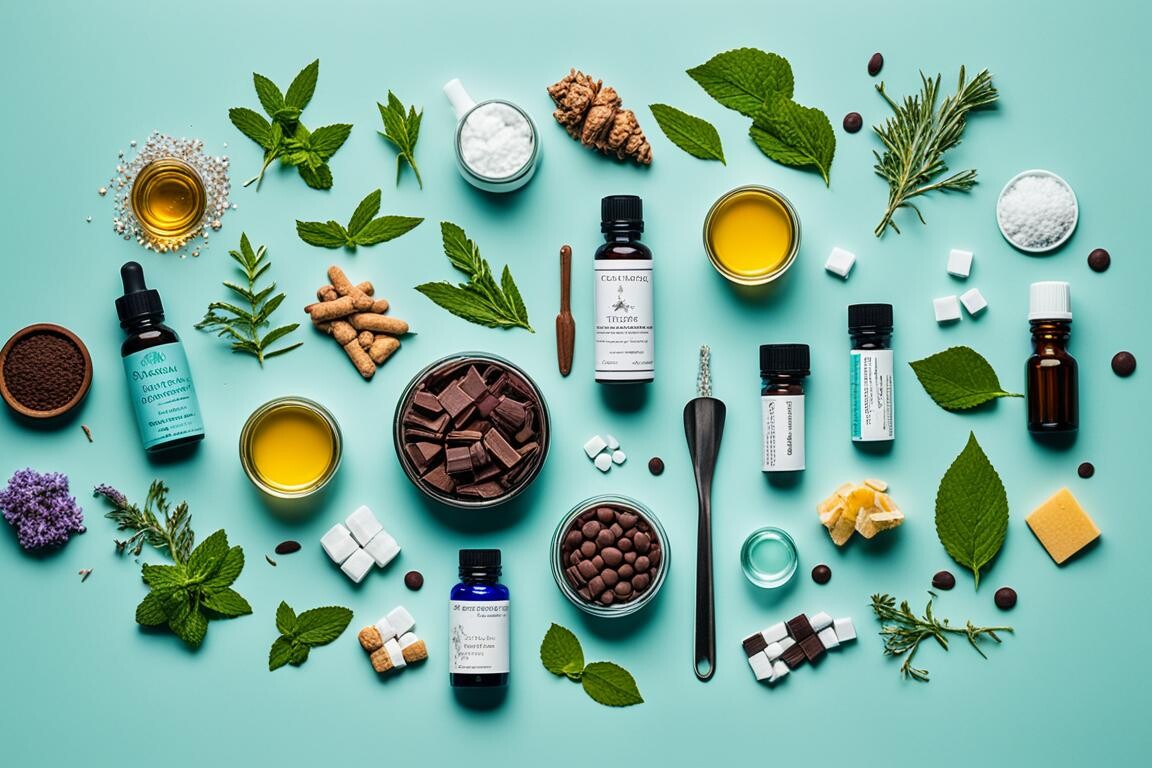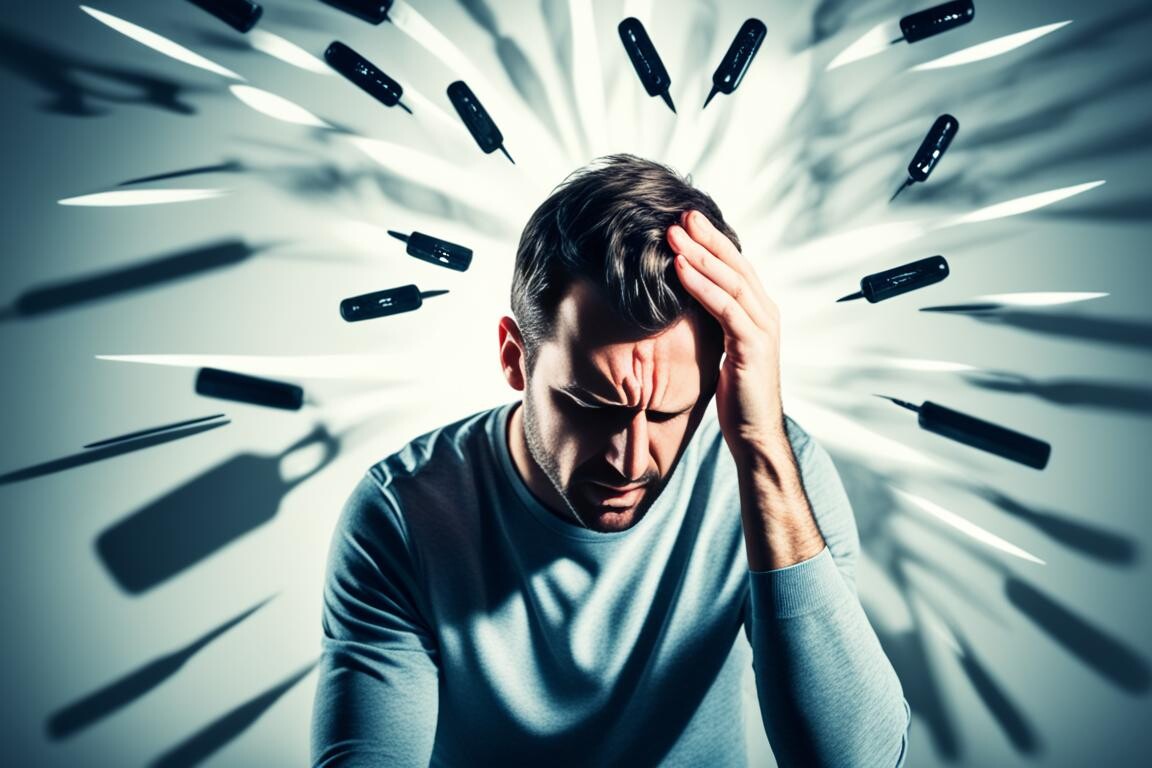Cluster headache triggers list is one of the most important things every patient must understand. People who experience these painful headaches know how sudden and disabling they can be.
The best way to gain control is by identifying and avoiding the factors that set off an attack. This article explains in detail what are cluster headaches, what causes cluster headaches, and every known trigger so you can reduce episodes and improve daily life.
Table of Contents
ToggleWhat Are Cluster Headaches?
To begin, let us answer the basic question: what are cluster headaches? They are a rare type of headache that usually affects one side of the head. The pain is described as sharp, stabbing, and intense around the eye or temple.
Unlike a migraine, which can stretch for hours or even days, a cluster headache comes in short bursts but can repeat several times a day.
The term “cluster” refers to the way these headaches come in cycles. A patient may experience daily headaches for weeks or months, then have a remission period with no pain before the cycle restarts. Attacks often follow a pattern and can strike at the same time each day.
What Causes Cluster Headaches?
Doctors are still searching for the complete answer to what causes cluster headaches. However, strong evidence points toward the hypothalamus, the small part of the brain that manages circadian rhythm, body hormones, and sleep cycles. Functional imaging shows this area activates during attacks.
The role of chemicals is another factor. Histamine and serotonin can influence blood vessel activity and nerve communication, both of which are linked with headache pain. Some patients report attacks after seasonal changes, suggesting sunlight and melatonin levels also play a role.
Family history may increase risk, showing a genetic link. Yet not everyone in a family develops cluster headaches. This suggests both genes and environment interact in triggering the condition.
Common Symptoms of Cluster Headaches
Cluster headaches have distinct features that make them recognizable. The pain occurs suddenly and severely, generally focused around one eye. That eye may turn red, tear heavily, or the eyelid may droop. A runny or obstructed nose is often present on the same side as the pain.
Patients describe being restless, unable to stay still. Many pace the floor or rock back and forth during an attack. Unlike migraine patients who prefer to lie down, cluster patients are usually active in their discomfort.
Headaches may strike at predictable times, often late at night during REM sleep. This strong pattern is a unique clue doctors use to distinguish cluster headaches from migraines or sinus pain.
Cluster Headache Triggers List

Understanding the cluster headache triggers list helps patients prevent attacks. Triggers are factors, whether external or internal, that increase the likelihood of a headache cycle. Not every patient reacts to the same thing, but patterns emerge across cases. Let us go through each trigger in detail.
Alcohol as a Cluster Headache Trigger
Alcohol is recognized as one of the most significant and consistent triggers. Even a small sip of wine or beer can cause an attack within 15 minutes if a patient is in an active cluster period. The blood vessels react quickly to alcohol, setting off pain pathways.
So, can alcohol trigger cluster headaches? Yes, it is one of the most reliable triggers. Doctors usually advise complete avoidance during active clusters. Outside these cycles, some patients tolerate alcohol, but many prefer lifelong caution.
Smoking and Cluster Headaches
Smoking has a strong association with cluster headaches. In fact, the majority of patients are current or former smokers. Research shows nicotine may alter blood vessels and neurotransmitters in ways that promote pain. This is why smoking and cluster headache risks are closely linked.
Ways to Quit Smoking for Cluster Headache Relief
Quitting smoking can reduce the severity of attacks. Patients often succeed with:
- Nicotine replacement, like patches or lozenges
- Prescription medicines to cut cravings
- Cognitive behavioral therapy
- Group programs that provide peer support
A former smoker who managed to stop after twenty years reported that his cluster cycles reduced from four times a year to once a year, showing the power of lifestyle change.
Time of Day and Night Attacks
Cluster headaches are called “alarm clock headaches” because they often wake patients from deep sleep. Attacks usually peak between 1 AM and 2 AM. The connection lies in circadian rhythm, which is controlled by the hypothalamus.
Treating Cluster Headaches Based on Time of Day
Knowing that attacks often strike at night, doctors sometimes prescribe preventive medicines before bedtime. Oxygen therapy can also be prepared for use at night. Patients who keep a detailed sleep diary can work with doctors to tailor treatment to their timing.
Time of Year and Seasonal Triggers
Many patients notice cluster periods during spring or autumn. Shifts in daylight length, temperature, and barometric pressure may trigger the hypothalamus. Seasonal allergies also contribute to the intensification of attacks.
Patients who track seasonal patterns can begin preventive medicine before the expected cycle starts. For example, one patient who knew his attacks always began in April started verapamil in March, reducing severity that year.
Diet-Related Cluster Headache Triggers
Food is not as strong a trigger as alcohol, but diet still matters. Common foods that worsen cluster headaches include:
- Processed meats that contain nitrates, like bacon and salami.
- MSG, commonly added to packaged soups and snacks
- Excess sugar or artificial sweeteners
- Aged cheeses and fermented foods
Tracking meals in a diary can reveal patterns. Some patients find chocolate harmless while others see it as a trigger. This proves the importance of identifying personal headache triggers rather than relying only on general lists.
Bright Lights as Triggers
Bright or flickering light can trigger attacks. Some report that fluorescent lights at work or sudden exposure to sunlight can spark pain. Adjusting screen brightness, wearing tinted glasses, or avoiding flashing lights may help reduce exposure.
Sleep Problems and Cluster Headaches
There is a strong connection between poor sleep and cluster headaches. Sleep pattern disruption and cluster headaches go hand in hand. Patients with irregular schedules or untreated sleep apnea face higher risk.
Maintaining regular bedtime and wake time is a powerful preventive step. Treating sleep disorders such as apnea with CPAP machines can significantly cut attacks.
Strong Smells as Triggers
Certain odors can set off headaches. Perfumes, gasoline, paint, and strong cleaning agents are common offenders. These odors stimulate nerves in the nose and brain, creating a pain cascade. Patients often benefit from fragrance-free products and avoiding chemical-heavy environments.
High Altitudes and Cluster Headaches
Travel to high altitudes, such as mountain regions or airplane flights, can bring on attacks. Reduced oxygen levels are the main cause. Carrying portable oxygen tanks during travel or gradually adjusting to higher altitudes may prevent attacks.
Weather Changes
Weather plays a role as well. Changes in temperature, humidity, or barometric pressure can start cycles. While weather cannot be controlled, patients can prepare with medication during storm seasons. Drinking more water and staying indoors during extreme changes helps as well.
What to Do for Cluster Headaches?

Patients often ask what to do for cluster headaches when the pain begins. The answer depends on the need for immediate relief or long-term control.
What Helps Cluster Headaches Naturally?
Several natural methods may bring relief:
- Inhaling pure oxygen during attacks
- Applying a cold compress on the painful side
- Practicing controlled breathing exercises
- Sitting in a quiet, dark environment
- Keeping a strict daily routine
These methods may not stop every attack but they can reduce frequency. They form the base of avoiding triggers for cluster headache relief.
What to Take for Cluster Headaches – Treatment Options
For stronger cases, medicines are necessary. Doctors may prescribe:
- Triptans in injection or nasal spray form for fast relief
- Verapamil, lithium, or corticosteroids for prevention
- New devices that stimulate nerves around the head
Knowing what to take for cluster headaches is important because no single treatment works for everyone. A neurologist can guide you through options.
Preventing Cluster Headaches
Prevention requires both lifestyle adjustments and medical help.
Lifestyle Adjustments
To know how to prevent cluster headaches naturally, patients should avoid alcohol, quit smoking, keep sleep regular, and track food triggers. Exercise helps overall health, but extreme bursts should be avoided if they cause headaches.
Medical Treatments and When to See a Doctor
If headaches are severe, frequent, or disabling, a neurologist should be consulted. Preventive treatments may include calcium channel blockers, oxygen therapy, or new biologic injections. Early medical care helps shorten cluster cycles and prevents complications.
The Bottom Line
Cluster headaches are among the most painful conditions. But knowledge is power. By understanding what causes cluster headaches and learning your personal cluster headache triggers list, you can limit attacks. Both natural methods and modern medicine offer hope. The combination of avoiding triggers, making lifestyle changes, and seeking medical support gives patients the best chance for a normal life.
FAQs
What to avoid in cluster headaches?
Avoid alcohol, smoking, strong smells, poor sleep, and certain foods. Tracking patterns and limiting triggers can help control cycles and reduce the number of attacks.
What are the main triggers for cluster headaches?
Alcohol, smoking, disrupted sleep, seasonal change, weather shifts, and processed foods are the most reported. Each patient is unique, so personal tracking helps refine this list.
What foods prevent cluster headaches?
Fresh fruits, leafy vegetables, whole grains, and water-rich foods support health. Avoid processed and nitrate-heavy meals, and keep a diary to learn which foods are safe for you.
What will stop a cluster headache?
Fast relief often comes from oxygen therapy or injectable triptans. Cold compresses, deep breathing, and quiet dark rooms may also help ease pain during early stages of an attack.
Can sugar trigger cluster headaches?
Yes, for some patients excess sugar or artificial sweeteners trigger attacks. Cutting down on soda and packaged desserts can make a big difference in reducing frequency of episodes.
Is cluster headache serious?
Yes, though not life-threatening, cluster headaches cause severe pain and disability. They impact sleep, work, and emotional health, so early diagnosis and treatment from doctors are critical.
Can caffeine help cluster headaches?
Some patients report caffeine helps by narrowing blood vessels, while others find it triggers pain. A diary is the best tool to track personal response and decide on intake.
About The Author
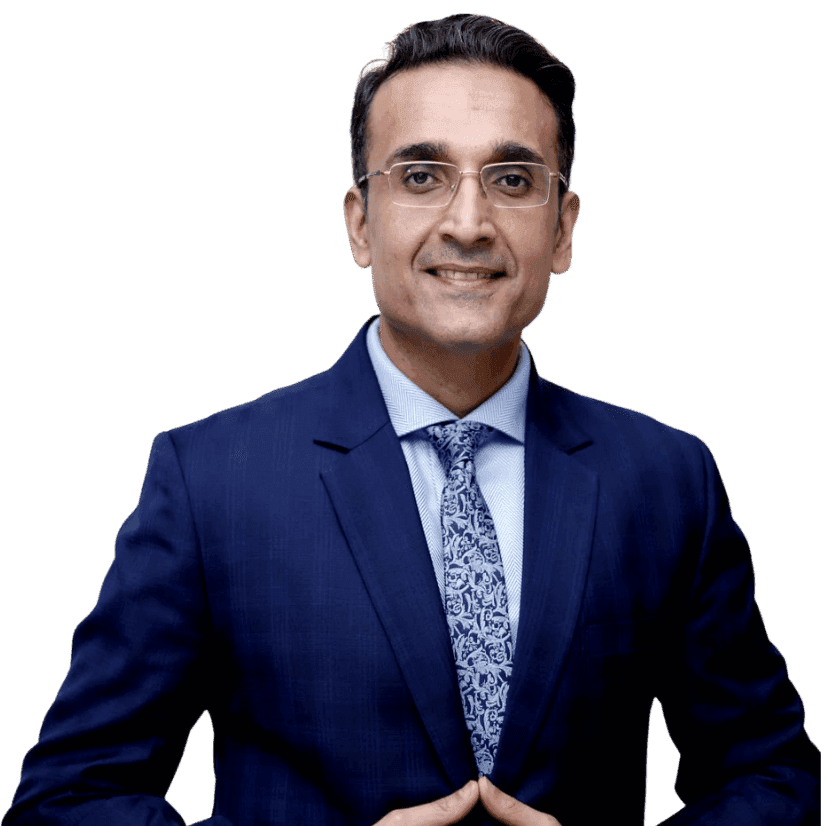
This article is medically reviewed by Dr. Chandril Chugh, Board-Certified Neurologist, providing expert insights and reliable health information.
Dr. Chandril Chugh is a U.S.-trained neurologist with over a decade of experience. Known for his compassionate care, he specializes in treating neurological conditions such as migraines, epilepsy, and Parkinson’s disease. Dr. Chugh is highly regarded for his patient-centered approach and dedication to providing personalized care.
→ Book a consultation to discover which remedies suit your needs best.

